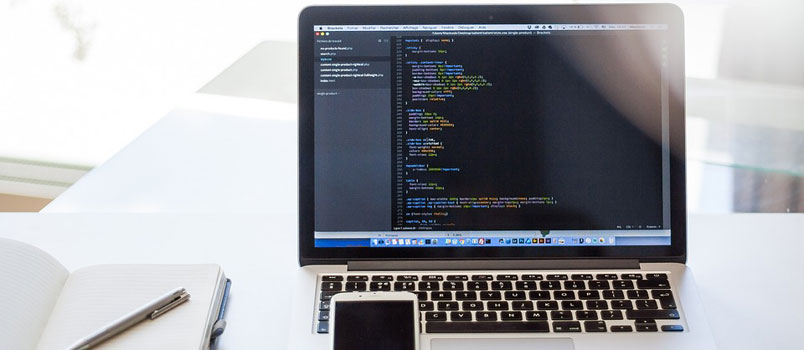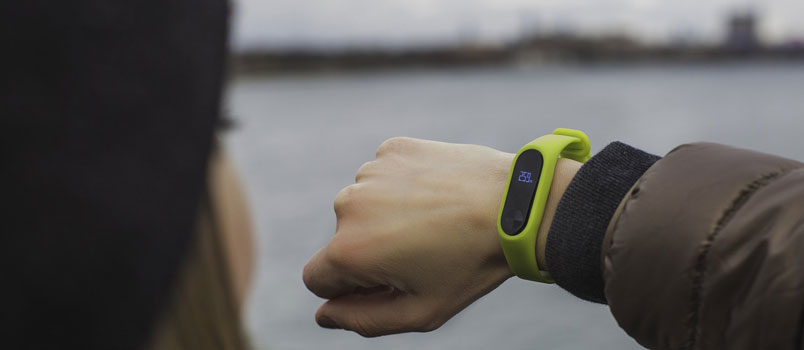Freelancing and traveling for a living sounds too good to be true!
When you take a closer look, you will realize that it comes with a fair share of challenges. The lifestyle of a freelance designer and traveler seems incredible to a regular working professional who clocks in eight hours at the office.
But should you be looking to make the switch from a desk job to a traveling freelancer?
We can’t deny that it is not meant for everybody. But there’s only one way to know for sure, and that is actually to give it a shot. If you want to be a digital nomad designer, but don’t know where to start, then this guide is all you need.
There are some tools and skills you would need to be able to lead a life on your terms, where your work location and timings keep changing as per your convenience.
The Tools You Need As A Digital Nomad Designer
Let’s face it; you don’t need a specific tool to be just a traveler. But if you plan to work as a freelance designer on the move, you will need some essential tools. Now, you can keep some of these tools in your suitcase, while others need to be available at the locations you would be traveling to.
1. Hardware
If you ask a designer about the one tool that they cannot work without, they would most likely pick their laptop or digital tablet. So, it is needless to say that when you pack your bags to leave on a seemingly endless journey, you need to have an excellent laptop that is capable of handling all your graphic design requirements.
We recommend looking at these UK Gaming Laptops that are under £500 if you need help with buying a good laptop.
2. Software
The next thing you need is a bunch of software for completing all your projects. If you’re wondering why it’s worth mentioning, it is because certain software may not be accessible in a specific country in which you are traveling. For instance, if you use Adobe applications for your designing work and are traveling in Venezuela, you may not be able to use Adobe there.
So, before you hop on the plane, you need to ensure that your laptop has all the software you may need, along with some backups to be on the safer side.
3. Connectivity
Now, this is something you cannot keep in your suitcase. But it is undoubtedly one of the most crucial tools you would need. We are talking about an internet connection!
A graphic designer needs to constantly be in touch with their clients, especially for edits and reworks. You cannot miss out on communicating with your client or sending your project on the grounds of being in a remote location. The best way to work your way around this hindrance is to pick out places that offer good WiFi connectivity.
4. Money Management
Traveling comes at a cost, and if you are going to bear that cost with the money you earn from your designing projects, you need to have some money management tools at your disposal.
We are talking about basic things like an ATM card that will work in any part of the world and a verified PayPal account to receive payments. You would likely be on the move for months on end, so you may have to sort out and pay taxes as well.
It all comes down to planning ahead of time and being proactive to ensure that you don’t face any hassles related to money.
The Skills You Need As A Digital Nomad Designer
Now that we have discussed the tools you would need to start a freelance design business on the move, it is time to talk about the more complex requirements. Like we said earlier, this lifestyle is not meant for everybody, and you need to have specific skills to be a successful digital nomad designer.
1. Being Comfortable With Being Alone
You will be spending a lot of time alone if you choose to be a digital nomad. Although that means that you can do whatever you want, whenever you want, it can get a bit challenging sometimes. And you need to be comfortable with being alone – it is a must-have skill!
The easiest way to tackle loneliness on the move is to travel to locations that offer coworking spaces, couchsurfing hangouts, hostels, and meet-and-greet events. Or you could go to a place where you have friends and visit them for a few days.
2. Adaptability To New Conditions
Irrespective of whether you choose to stay put in a location for a few days or a couple of months, you would be moving from one place to another. That means your surroundings will keep changing – the weather, food, accommodation, people, and culture.
It should come as no surprise that only those who are good at adapting to new surroundings have the best time as a digital nomad designer. We recommend taking it slow in the beginning and going to places with somewhat similar settings.
3. Flexibly Organized
Living out of a suitcase and being on the move can be quite tiring. You would have to be very organized once you are traveling, especially in terms of minimalistic living. Keeping only those things that are necessary and religiously keeping track of your daily expenses, for instance.
At the same time, you would have to be a tad bit flexible. You may have to commute on a rented bicycle in a place where you don’t get uber. Or you may have to put up in a homestay with locals in the absence of hotels and resorts.
How Do You Work As A Digital Nomad Designer?
Having the tools and skills we have outlined in this guide is not the be-all and end-all of being a digital nomad designer. There is a lot that goes into it, and you need to have a proper plan of action. How will you get your first clients? How will you promote your business while traveling?
You would have to find the answers to several questions like these. But we can assure you that if you have the tools and skills, it will not be too difficult.
We hope you found the answers to most, if not all, of your questions about being a digital nomad designer.
Till next time!





